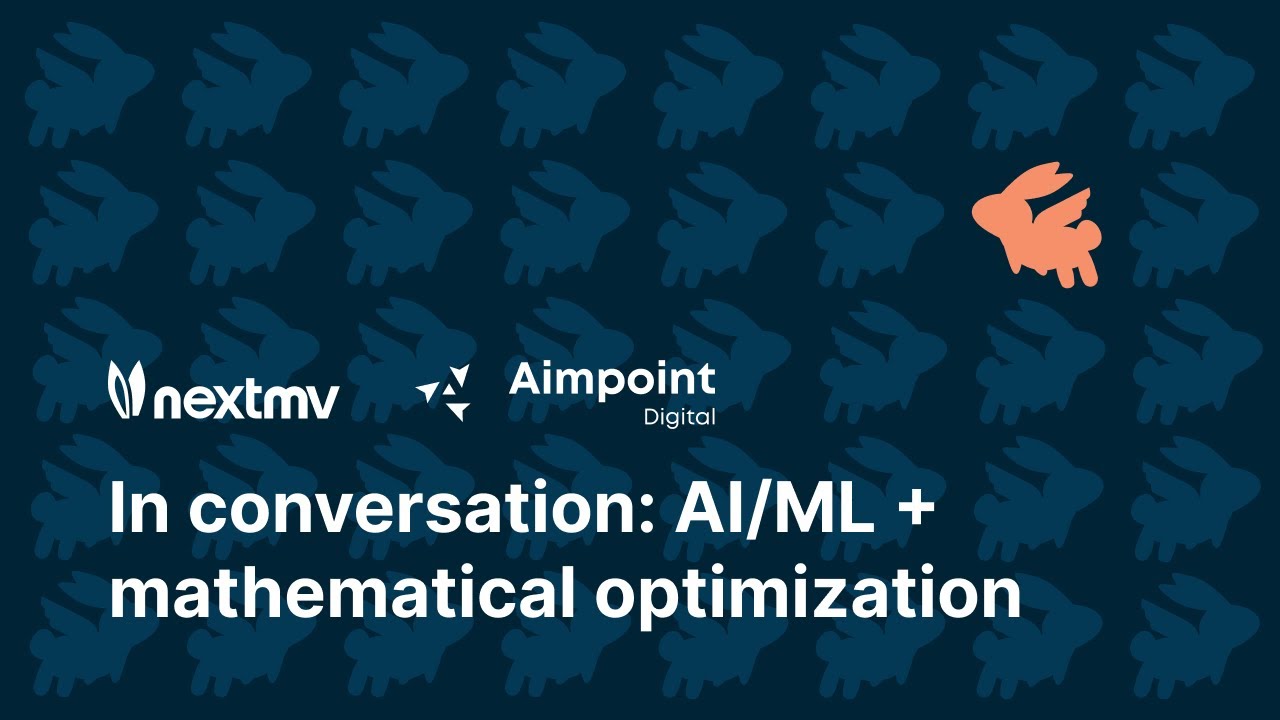One of the most exciting trends in manufacturing is the use of digital twin technology. According to Gartner, two-thirds of companies that have employed internet of things (IoT) technology expect to have digital twins in production by 2022. They can be instrumental in the manufacturing sector with their potential to benefit all stages of the manufacturing industry, from production and process design to quality assurance.
What is a Digital Twin?
While the term digital twin has become popular only in the last two decades, the idea of pairing a physical process with a representative surrogate is not new. In fact, the presence of a physical surrogate was instrumental in saving the crew on NASA’s Apollo 13 mission. Digital twins go beyond traditional static simulation models by constantly ingesting real-time information from their physical system counterparts. This allows for continuous updating of model parameters thereby enabling them to be a faithful representation of the processes and equipment they are representing.
What Are the Benefits of Digital Twins?
One of their most important benefits is that they allow the prediction of the future behavior of a physical system. This is done without any experimentation with the physical system at hand. Tesla Motors maintains an individual digital twin of every car it sells. Tesla constantly updates each one of them with data from the car’s sensors. This allows Tesla to predict when the car needs maintenance. In addition, Tesla is able to provide each car with a customized software update to resolve any issues it is facing.

Some of the many benefits of digital twins are:
- Adaptability to real-time data: They continuously adapt to remain faithful to their physical counterparts.
- Real-time monitoring: Any deviations in digital twin predictions and physical system behaviors provide a real-time alert of anomalies.
- Learning while monitoring: Even while in production, digital twins continuously learn by ingesting new data and updating model parameters.
- Scenario analysis: They allow efficient scenario analysis without disrupting production processes with physical experimentation.
What Enables Digital Twins?
Digital twin technology builds on technological developments in Industry 4.0, Industrial Internet of Things (IIoT) and advanced data science, machine learning (ML), and artificial intelligence (AI) techniques. Some of the factors that enable these transformative tools are:
- Appropriate IIoT sensor deployment to collect sufficient data at the required resolution.
- Efficient data infrastructure to ensure secure access to data in real-time.
- Advanced ML techniques to ensure exact representation of physical systems.
- Advanced AI techniques to support decision-making and prescriptive analysis.
Digital Twins in Action
Problem:
The World Economic Forum and the City of Boston wanted to know the impact autonomous vehicles (AV) would have upon introduction to the city streets.
Solution:
Members of our team at Aimpoint Digital, while previously working at BCG, accounted for factors such as congestion from commercial trucks, ride-shares, and taxis. Leveraging agent-based techniques combined with data from the city and various external partners, a digital reproduction was developed in AnyLogic to represent the daily traffic patterns of the city of Boston.
Value Generated:
Digital twin allowed policymakers to analyze the impact of AV on a neighborhood level enabling better planning and decision making. As Massachusetts began to test AVs at safe locations, this model gave the policymakers’ insight into potential downstream effects. As an example, a policy to convert one travel lane of a three-lane highway into an AV-exclusive lane could be evaluated without physically restricting the lane.
Overall, the study results varied vastly depending on the neighborhood. For example, the introduction of AVs into the city saw a decrease in average travel time in specific surrounding neighborhoods. But the results also showed an increase in the average travel time in downtown Boston. This study gave neighborhood-level details that the team could continue to dive into deeper.
Utilize This Technology with Aimpoint Digital
The team at Aimpoint Digital carries deep expertise in data engineering, data analytics, and data science. Our data engineering team can efficiently set up and manage your data infrastructure, while our team of data scientists can build accurate and intelligent digital twins for your physical systems.
Contact us to get started with this exciting technology today.





